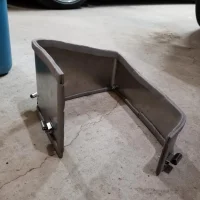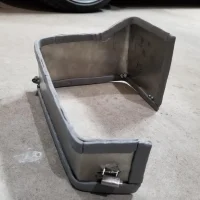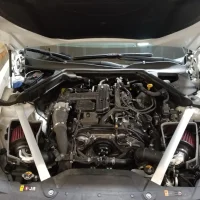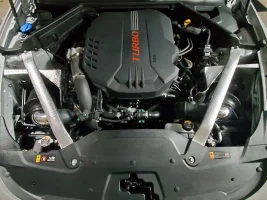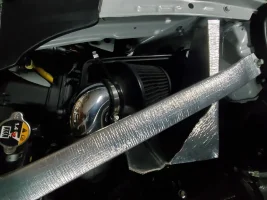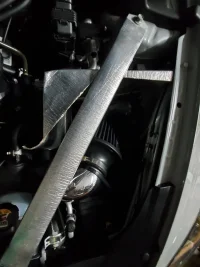Gtecko
Stinger Enthusiast
Great thread, looked through this last night and ordered the Spectre intake and rubber elbows - didn't want the chrome piping just based on appearances. Amazon prime is a blessing, got them in this morning. After reading about the potential risk with the filter cap on the inner base, I am considering an AEM filter that is closed - less surface area for the intake to suck in air but I am guessing the practical HP differences will be trivial. For now I'm just going to enjoy my WOOoooosh and PSSsssh sounds, I'm not getting the boost too high on my daily commute anyways.
the set up works great but once you put the heatshied in place, you wont have too much room to put the cones , they will pretty much fit one way only. I replied to your other post, I think that is what you are missing on your set up, add another 70CND for the heatshield. I did not think I needed them until I actually had a nice drive when it was 30 outside and the cones were HOT HOT, the heat shield definitely will prevent the heat coming from.
as for changing your cones, I dont fee like our turbos are that powerful that it would rip the cap off ... you should be fine



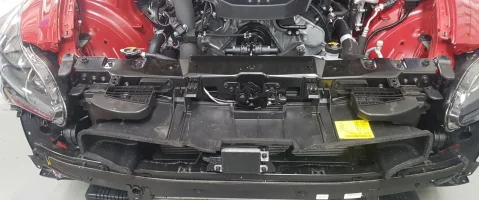
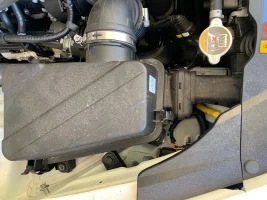
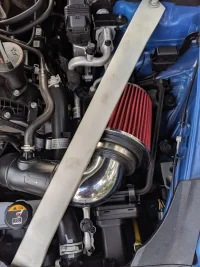
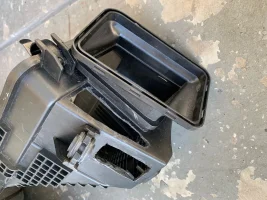
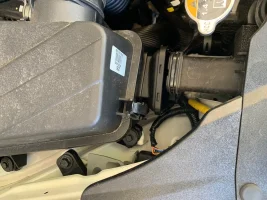
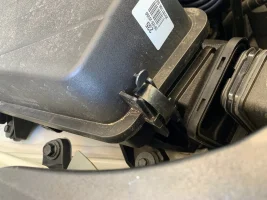
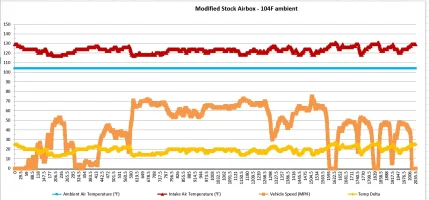
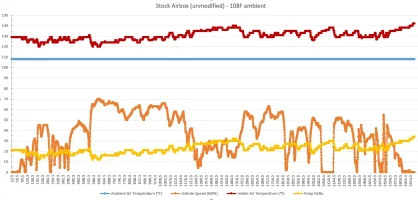
 I knew the OEM airboxes were restrictive due to the tiny ~1”x2” air inlets, but didn’t realize how oddly shaped the snorkels were. I’ll definitely remove the snorkels to maximize the effectiveness of my intakes as soon as I get a chance.
I knew the OEM airboxes were restrictive due to the tiny ~1”x2” air inlets, but didn’t realize how oddly shaped the snorkels were. I’ll definitely remove the snorkels to maximize the effectiveness of my intakes as soon as I get a chance.